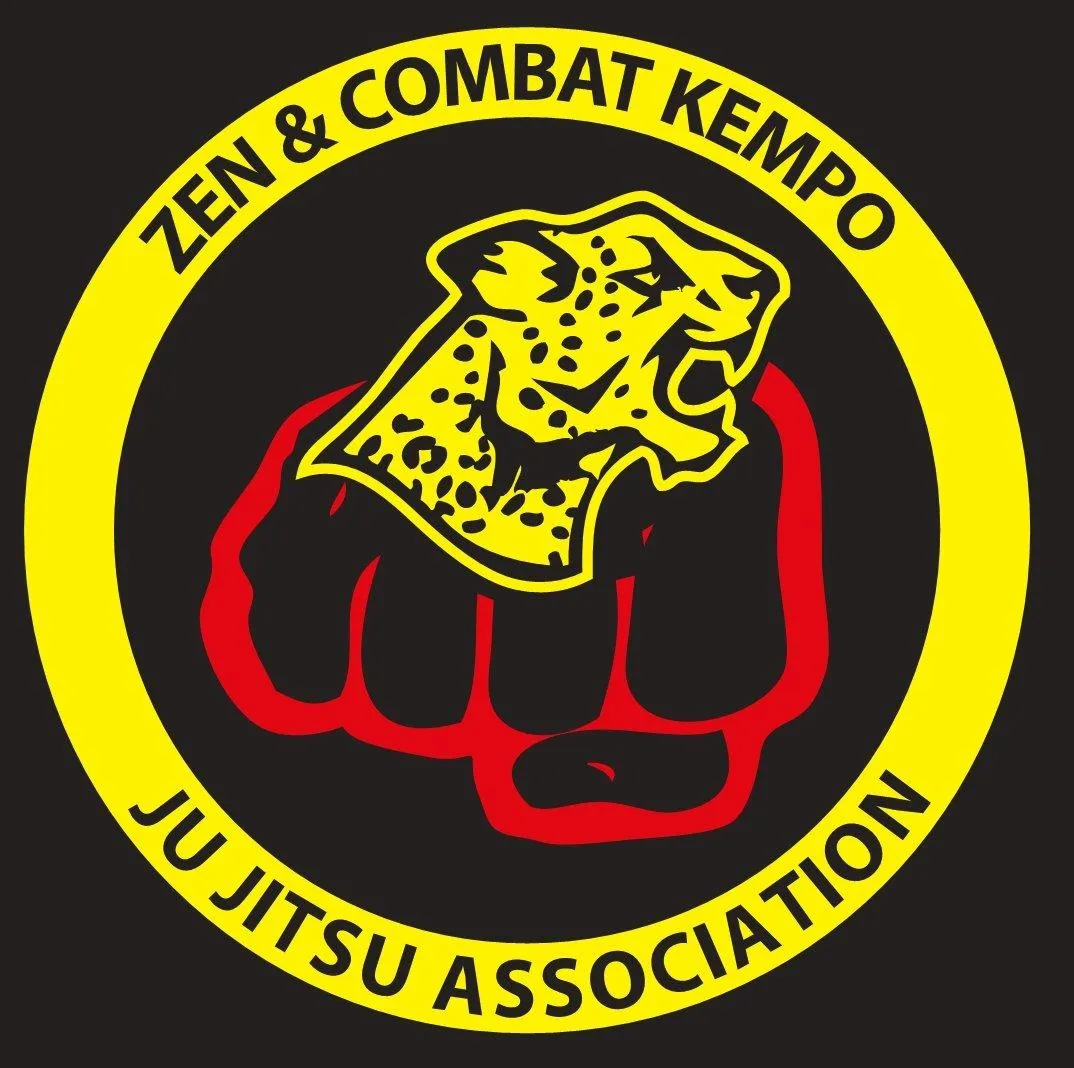
ZEN & COMBAT KEMPO
Welcome to Zen & COMBAT KEMPO
Martial Arts Clubs Hertfordshire, Bedfordshire
HISTORY
The History Of Zen & Combat Kempo Jujitsu
Founder: Hanshi Terry Coughtrey
Zen & Kempo Combat Kempo Ju-Jitsu is a martial arts style that combines elements of traditional Japanese Ju-Jitsu and Modern Kempo. It was founded by Hanshi Terry Coughtrey martial artist Born in United Kingdom in 1952,
From a young age Hanshi Terry Coughtrey began Judo taught by a friend’s father and studied Karate in the late 60s and 70s. Later on he studied Wing Chun, Aikido, Kenpo Karate & un armed combat. He studied under several notable masters Professor Tony Maynard, Professor Walley Jay, Majij Suzuki, Master Ed Parker, and Alex Spence SF S.A.S., absorbing their knowledge and incorporating a lot of their teachings into his own System.
Throughout his martial arts journey Terry also developed a deep interest in Spirituality complementing his physical training. Zen emphasizes the cultivation of mindfulness, the harmonization of the mind and body. Terry believes that martial arts should not only be about self-defence but also about personal growth and self-discovery.
Combining his extensive knowledge of martial arts and his understanding of Kempo Ju-Jitsu he began to formulate his own unique style. He sought to create a martial art that integrated the physical techniques of Kempo Ju-Jitsu with the mental and spiritual aspects and in 1977; he founded Zen Kempo Ryu Ju-Jitsu Association
Zen Kempo Ryu Ju-Jitsu encompasses a wide range of techniques including strikes, kicks, joint locks, throws and ground defence techniques. All are efficient, practical and suitable for self-defence in real-life situations. The style emphasizes fluidity of movement, blending with an opponent's energy, and redirecting their force to gain an advantage.
However what sets Zen Kempo Ryu Ju-Jitsu apart is its focus on cultivating a calm and focused state of mind, enabling students to remain calm even in the midst of conflict. The philosophy of Zen is interwoven into the training, promoting self-discipline, respect and a deep understanding of the interconnectedness of all things.
Zen Kempo Ryu Ju-Jitsu and Zen & Combat Kempo Ju-Jitsu gained recognition for its real life effectiveness and technical depth.
Hanshi Terry has dedicated his life to teaching and refining the style, traveling the world to spread his knowledge and learn from other masters. Hanshi Terry has instilled in his students a deep appreciation for the martial arts as a path of self-discovery, personal growth and the cultivation of harmony.
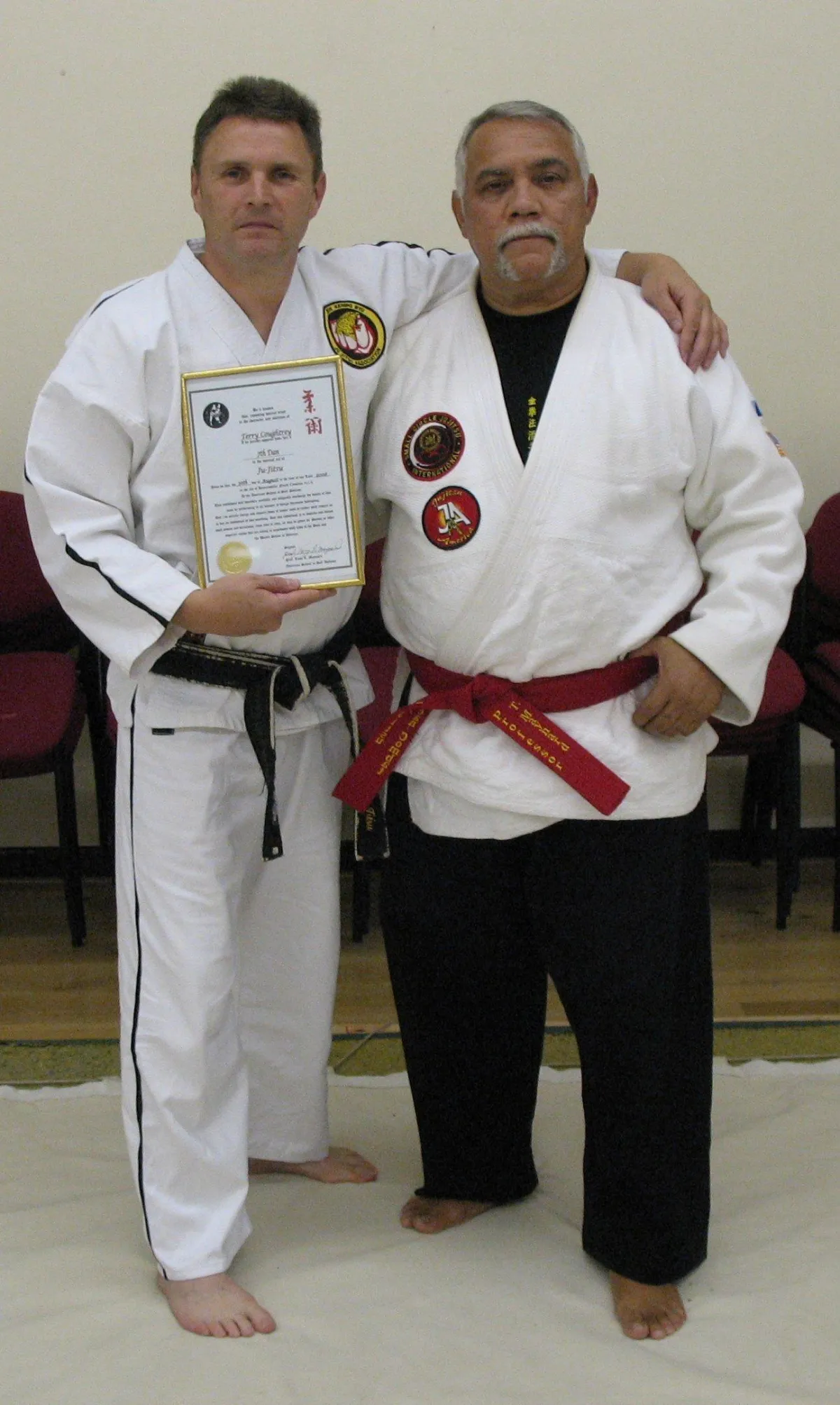
ED PARKER
Ed Parker, born on March 19, 1931, was an influential figure in the development and popularization of American martial arts, particularly Kempo Karate. His full name was Edmund Kealoha Parker, but he was commonly referred to as Ed Parker. Let's delve into the history of Ed Parker and his contributions to Kempo Karate.
Ed Parker began his martial arts journey in his youth, studying Judo while growing up in Hawaii. In the 1940s, he also trained in Chinese Kung Fu under Professor William K.S. Chow, who taught a hybrid style called "Kara-Ho Kempo." Parker eventually became one of Chow's top students and learned various Chinese and Japanese martial arts techniques. In the late 1950s, Ed Parker moved to the United States mainland, settling in California, where he introduced and popularized the martial art he renamed "American Kenpo Karate." He combined his knowledge of traditional martial arts with his own innovations and interpretations, emphasizing practical self-defense techniques for real-life situations.
Parker's American Kenpo Karate incorporated a wide range of techniques, including strikes, kicks, punches, throws, joint locks, and It was characterized by its fluid motion, speed, and simultaneous offensive and defensive techniques. Parker also emphasized the use of vital targets and the understanding of body mechanics to maximize the effectiveness of techniques.
To further promote his art, Ed Parker opened the first American Kenpo Karate studio in Provo, Utah, in 1956. Over the years, he gained a reputation as an exceptional instructor and martial artist, attracting many students and establishing a strong following.
Ed Parker's influence extended beyond teaching. He organized and promoted various martial arts events, including tournaments and exhibitions, which helped to raise the profile of Kempo Karate in the United States. Parker also authored several books on martial arts, including "Secrets of Chinese Karate" and "The Zen of Kenpo."
As his art gained recognition, Ed Parker founded the International Kenpo Karate Association (IKKA) in 1956, which became one of the largest martial arts organizations in the world. The IKKA aimed to preserve and promote the principles and techniques of American Kenpo Karate.
Ed Parker continued to refine and develop his martial art system throughout his life, integrating concepts from other styles and encouraging his students to do the same. He promoted an open-minded approach to martial arts and believed in constant evolution and adaptation.
Sadly, Ed Parker passed away on December 15, 1990, leaving behind a lasting legacy in the world of martial arts. His contributions to Kempo Karate and the development of American Kenpo continue to be highly regarded, and his teachings and techniques are still practiced by many students and instructors worldwide.
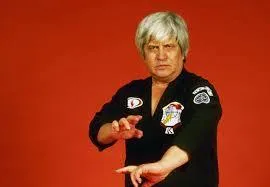
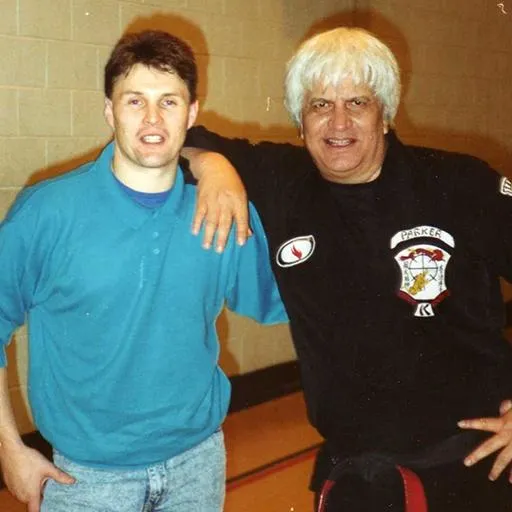
Professor Wally Jay
Professor Wally Jay, a renowned martial artist and instructor who made significant contributions to the development and popularization of Small Circle Jujitsu. Small Circle Jujitsu is a system of jujitsu that emphasizes efficient techniques and minimal use of strength.
Wally Jay was born on February 16, 1921, in Honolulu, Hawaii. He began his martial arts journey in judo at a young age and eventually transitioned to jujitsu. Jay studied under notable instructors, including Juan Gomez and Ray Law, and incorporated their teachings into his own martial arts system.
In the 1960s, Wally Jay developed the Small Circle Jujitsu system, which combined elements of jujitsu, judo, and other martial arts styles. The system focuses on using leverage, joint locks, and pressure points to overcome larger and stronger opponents. Small Circle Jujitsu emphasizes efficiency, control, and adaptability in self-defence situations.
Professor Wally Jay dedicated his life to teaching and promoting Small Circle Jujitsu. He travelled extensively, conducting seminars and workshops worldwide, sharing his knowledge and skills with practitioners from various backgrounds. His teaching had a significant impact on the martial arts community, influencing the development of other martial arts systems and self-defence techniques.
Wally Jay continued to teach and refine Small Circle Jujitsu until his passing on May 29, 2011. His contributions to the martial arts world, particularly in the field of jujitsu, left a lasting legacy, and his teachings continue to be practiced and studied by martial artists today

Alex Spence
Alex Spence. served with 22 SAS Regiment in many theatres of post war conflict and was instrumental in the training of SAS soldiers in Close Quarter Battle and Anti-terrorist operations The British Special Branch which included what became SO12 were operating in the Bodyguard role British Special Forces in the form of the Special Projects wing of 22 SAS. In the early 1960s men like Malcolm Rees and Alex Spence created the SAS BG wing anti-terrorism.
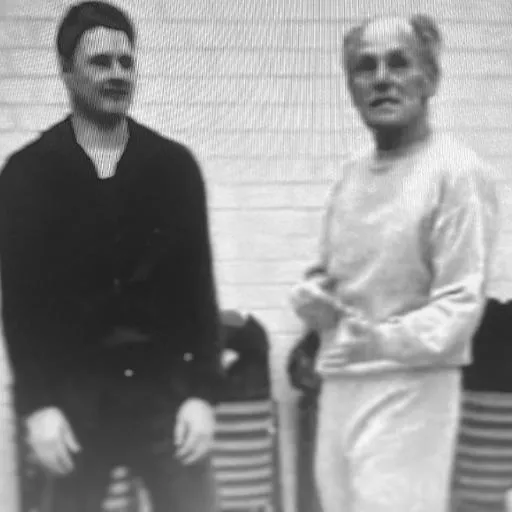
CONTACT US
Hanshi Terry Coughtrey 10th Dan
Zen & Combat Kempo
Ju-Jitsu Association
Facebook
https://www.facebook.com/zkrjjazen
Mobile: 07971 651280
zckjja@sentinel.myzen.co.uk
